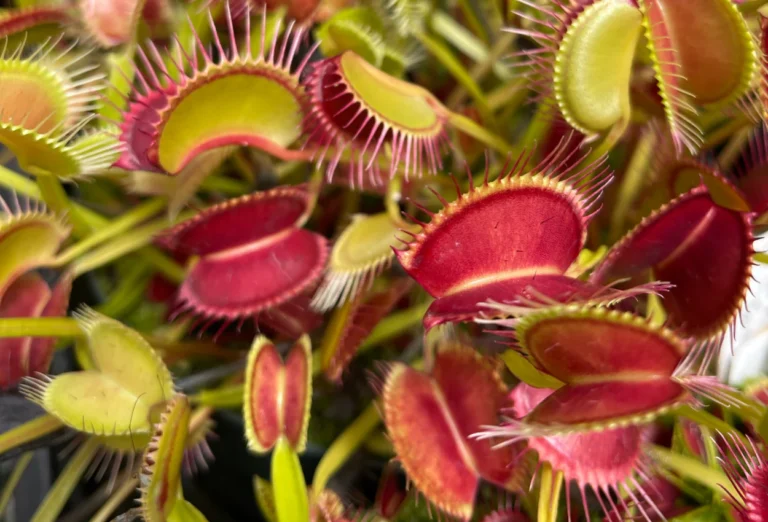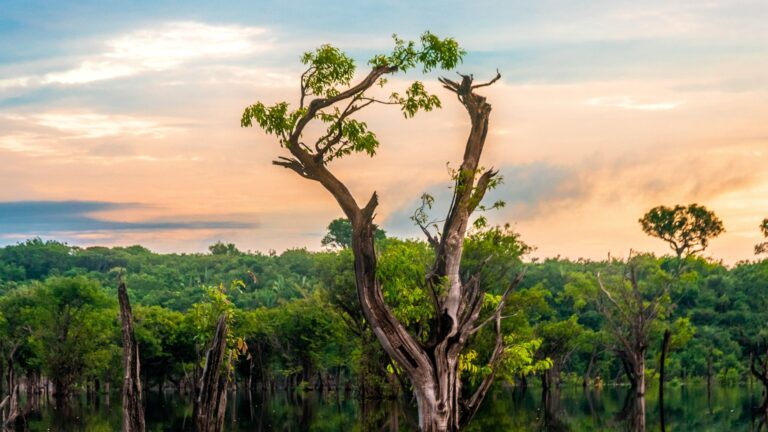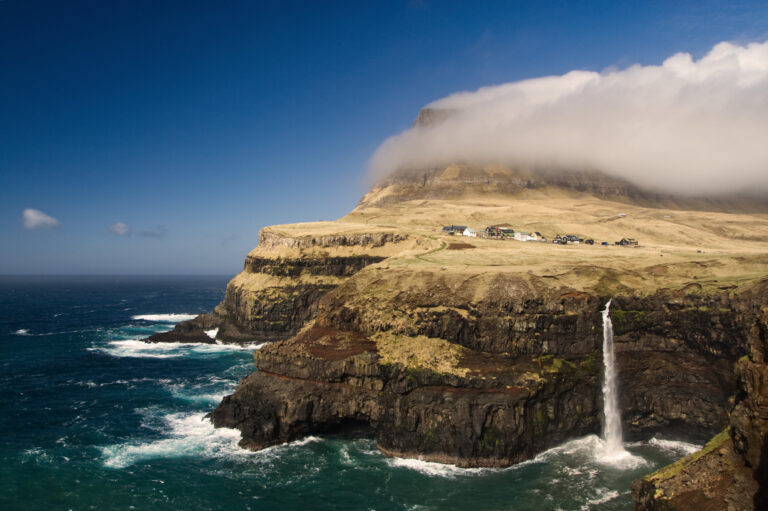Dive into the realm of Mother Nature, as we unravel the mysteries of the most significant life-sustaining cycle on our planet, the water cycle! In this write-up, we invite you on an enlightening journey that demonstrates how this extraordinary recycling system works. Get ready to be enthralled by the complexities and wonders of the water cycle, an essential yet often underappreciated aspect of our natural world.
Every day, we encounter numerous manifestations of the water cycle without even realizing it. From the morning dew on the grass to the clouds floating high in the sky, the water cycle is constantly at work around us. In this exploration, we promise to delve into the nitty-gritty of the cycle, enhancing your understanding of the process and its significant role in sustaining life on Earth. 🌍
Without a doubt, understanding the water cycle can appear to be a challenging task. But, rest assured, we will simplify the process and make it accessible to all. By dissecting each stage – evaporation, condensation, precipitation, and collection, we will break down the complex scientific jargon into easily comprehensible terms. 🌧️
Furthermore, we will also shed light on the environmental implications of disruptions to the water cycle, emphasizing the urgency to protect and preserve our precious ecosystems. This expedition promises to be as enlightening as it is engaging, shedding light on an integral part of our environment that goes unnoticed far too often.
So, buckle up and get ready to embark on this fascinating exploration of the water cycle. Discover how this ceaseless, global process fuels life on Earth, and why it’s so critical to our future. With science as our compass and curiosity as our guide, let’s embark on this exciting journey to understand the wonders of Mother Nature’s recycling system! 🌊🌿
The Stages of the Water Cycle
The water cycle, also known as the hydrological cycle, is a continuous and dynamic system that purifies and circulates water throughout the planet. It plays a vital role in maintaining the availability of fresh water for ecosystems, agriculture, and human use. This natural recycling process is divided into four main stages: evaporation, condensation, precipitation, e collection.
The cycle begins with evaporation, where the sun’s heat turns water from oceans, lakes, and rivers into water vapor. Transpiration from plants also contributes to this stage, releasing moisture into the atmosphere. The vapor then rises and cools, leading to condensation, where it forms clouds composed of tiny water droplets.
When these droplets combine and grow heavier, they fall back to the Earth’s surface as precipitation — rain, snow, sleet, or hail, depending on the temperature and atmospheric conditions. Finally, the water is collected in various reservoirs such as rivers, lakes, oceans, or underground aquifers. From here, the cycle starts again.
This seamless system not only supports all forms of life but also helps regulate the planet’s temperature, demonstrating the elegance and efficiency of nature’s design.
Evaporation
The first stage of the water cycle, evaporation, is a vital process that sets the entire hydrological system in motion. It begins when the sun’s energy heats the surface water found in oceans, seas, lakes, rivers, and even moist soil. This energy causes water molecules to move faster and eventually transition from liquid to gas, rising into the atmosphere as water vapor.
Evaporation is not limited to large bodies of water. It also occurs in puddles, wet leaves, and even from the skin of living organisms. However, one of the lesser-known yet equally important contributors to atmospheric moisture is the process of transpiration. In this process, plants absorb water through their roots and release it through small pores, called stomata, located on the underside of their leaves. As water evaporates from these pores, it enters the atmosphere as vapor — a phenomenon collectively referred to as evapotranspiration when combined with direct evaporation.
Together, evaporation and transpiration are responsible for nearly 90% of the moisture found in our atmosphere, highlighting the interconnectedness of water bodies and vegetation in maintaining the balance of the water cycle.
The rate of evaporation can be influenced by various environmental factors, such as temperature, humidity, wind speed, and the surface area of the water source. Higher temperatures and strong winds typically accelerate evaporation, while high humidity can slow it down. In tropical regions, for example, the intense sunlight and warm temperatures lead to high evaporation rates, fueling dense cloud formation and frequent rainfall — a key aspect of the rainforest climate.
Evaporation also plays a crucial role in natural purification. As water evaporates, impurities such as salts, minerals, and pollutants are left behind, meaning only pure water vapor enters the atmosphere. This natural distillation is part of what makes the water cycle so efficient and sustainable.
Ultimately, evaporation is more than just the disappearance of water — it’s the starting point of a global process that sustains life, regulates climate, and connects every ecosystem on Earth. Without it, clouds wouldn’t form, rain wouldn’t fall, and the delicate balance of freshwater distribution across the planet would collapse.
Condensation
After water vapor is released into the atmosphere through evaporation and transpiration, it begins to rise into the sky, carried by warm air currents. As it ascends, the air becomes cooler with altitude. When the rising vapor encounters these lower temperatures, it begins to cool and lose energy, slowing down the movement of water molecules. This decrease in temperature causes the vapor to transform back into liquid water droplets, a process known as condensation.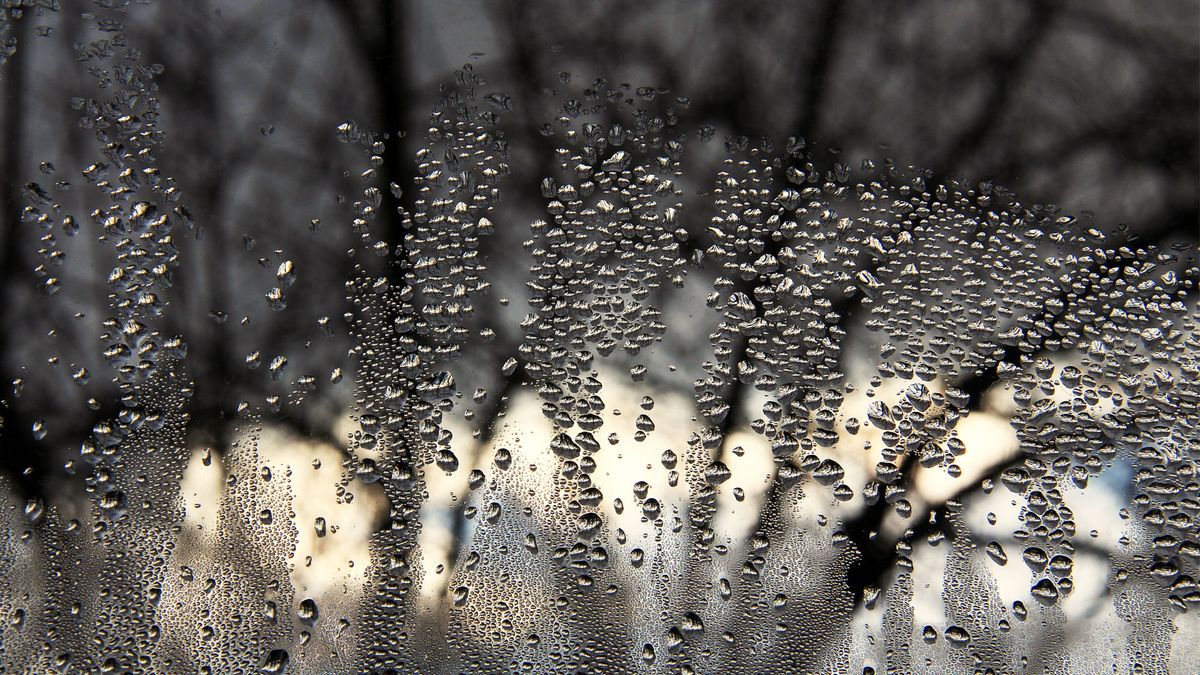
These droplets are extremely small, often so tiny that they remain suspended in the air. As more droplets form and cluster together, they become visible as clouds, fog, or mist. The exact appearance and type of cloud that forms depend on several factors, including temperature, humidity, altitude, and the presence of dust or other particles in the atmosphere. In fact, condensation often requires a surface to cling to, and in the atmosphere, this is provided by tiny particles of dust, salt, or smoke, collectively known as condensation nuclei.
Condensation is essential to the cloud formation process and is a critical transition point in the water cycle. While clouds may appear to drift aimlessly, they are actually being guided by air currents and wind patterns. These currents can transport clouds across vast distances, allowing moisture to be redistributed around the globe. This global movement helps balance the distribution of freshwater and plays a major role in regional weather patterns and climate systems.
In tropical areas, for example, warm and moist air rises rapidly, leading to frequent and heavy cloud formation followed by rainfall. In contrast, drier regions may have very little condensation, resulting in clear skies and arid conditions. The formation of different cloud types, such as cumulus, stratus, or cirrus clouds, also contributes to a variety of weather outcomes, from bright sunny days to intense storms.
Aside from weather implications, condensation also contributes to natural phenomena such as dew and frost. When water vapor condenses near the ground during cooler nights, it forms tiny droplets of dew on surfaces like grass, leaves, and cars. If the temperature is below freezing, these droplets become frost, creating a sparkling layer of ice crystals.
Condensation is not only a key part of the water cycle, but also a reminder of how interconnected our atmosphere is with Earth’s surface. This transformation of vapor into water droplets is the gateway to precipitation, preparing the atmosphere for the next crucial stage in the cycle. It also illustrates the delicate balance maintained within the Earth’s systems — a balance that ensures the ongoing availability of freshwater across the planet.
The Continuation of the Water Cycle
Precipitation
When the water droplets in the clouds collide and grow, they eventually become too heavy to stay aloft in the atmosphere. As a result, they fall back to the earth as precipitation, which can be in the form of rain, snow, sleet, or hail depending on the atmospheric conditions.
Collection
The precipitation is then collected in bodies of water, such as rivers, lakes, and oceans. Some of it is absorbed into the ground, replenishing the earth’s water table. This water can be taken up by plants, ready to be evaporated and start the cycle anew.
The Importance of the Water Cycle
It’s crucial to understand that the water cycle is not just an interesting scientific concept. It’s a vital system that sustains life on earth.
Sustaining Ecosystems
Water is the lifeblood of ecosystems around the world. From the smallest microorganisms to the largest mammals, every living creature depends on water for survival. The water cycle ensures that water is continually circulated and purified, providing a sustainable resource for all forms of life.
Maintaining Climate
The water cycle plays a crucial role in regulating the earth’s climate. It helps to distribute heat around the planet, with warm, moist air moving from the equator towards the poles, and cold, dry air moving in the opposite direction. This helps to maintain a relatively stable, balanced climate across the globe.
Human Impact on the Water Cycle
While the water cycle is a natural and continuous process, human activities have increasingly disrupted its delicate balance. Urbanization, deforestation, pollution, and climate change all play significant roles in altering how water moves through the environment. For example, the expansion of impermeable surfaces like roads and buildings reduces the ground’s ability to absorb water, increasing runoff and the risk of flooding.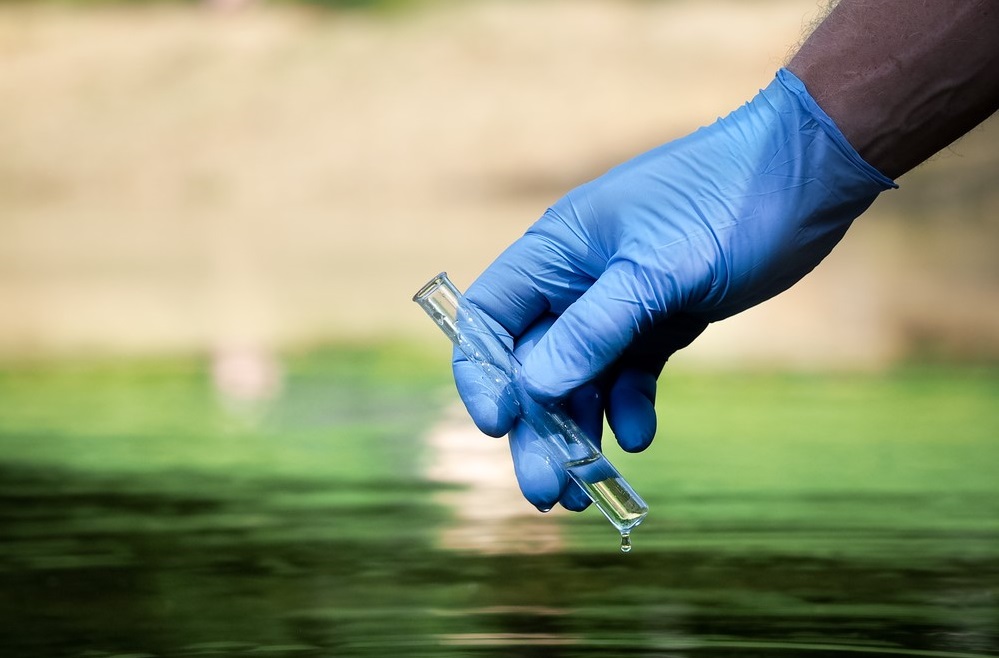
Additionally, deforestation limits transpiration, decreasing atmospheric moisture and potentially altering local rainfall patterns. Industrial activities and agriculture can pollute water sources, impacting both water quality and availability. Most concerning, climate change accelerates evaporation and alters precipitation cycles, contributing to more extreme weather events and stressing freshwater resources globally.
Climate Change
Rising global temperatures due to climate change can accelerate the rate of evaporation, leading to more intense periods of rainfall and increased risk of flooding. On the other hand, warmer temperatures can also cause more rapid evaporation of moisture in the soil, leading to drier conditions and increased risk of drought.
Land Development
Land development and deforestation can disrupt the water cycle by reducing the amount of water that’s absorbed into the ground and transpired by plants. This can lead to reduced water quality and increased runoff, which can cause erosion and flooding.
Protecting the Water Cycle
Understanding the workings of the water cycle is the first step towards its protection.
Sustainable Practices
Sustainable practices such as reforestation, water conservation, and the reduction of greenhouse gas emissions can all help to maintain the balance of the water cycle.
Education and Awareness
Spreading awareness about the importance of the water cycle and the impact of human activities on it is crucial. This can be done through education programs, public awareness campaigns, and policy advocacy.
The Wonders of the Water Cycle
In summary, the water cycle is a marvelous natural process that ensures the continuous availability of one of life’s most essential resources. Its balance and protection are fundamental to the health of our planet and its inhabitants.
Conclusão
In conclusion, the water cycle is a fundamental ecological process, underscoring the interconnectedness of our planet’s environmental systems. It is the lifeblood of our planet, facilitating growth, renewal, and sustainability. Nature’s recycling system, through the stages of evaporation, condensation, precipitation, and collection, demonstrates a perfect equilibrium, optimizing the use and reuse of our most precious resource – water.
By understanding the water cycle, we can better appreciate its impact on our everyday lives, from the weather we experience to the water we drink. It also aids us in realizing the potential effects of climate change and human interference on this delicate balance, promoting a sense of stewardship and responsibility for the environment.
To appreciate the wonders of the water cycle is to acknowledge the extraordinary way Mother Nature works, nurturing and protecting the Earth. It’s a reminder that our actions, both individual and collective, can influence this cycle, hence we must strive for sustainability and conservation. In essence, the water cycle is more than a natural process – it is a testament to the resilience and efficiency of our planet, a marvel of environmental engineering.
Therefore, the next time you enjoy a refreshing glass of water, remember its journey, and appreciate the remarkable system that brought it to you! 🌍💧🔄

